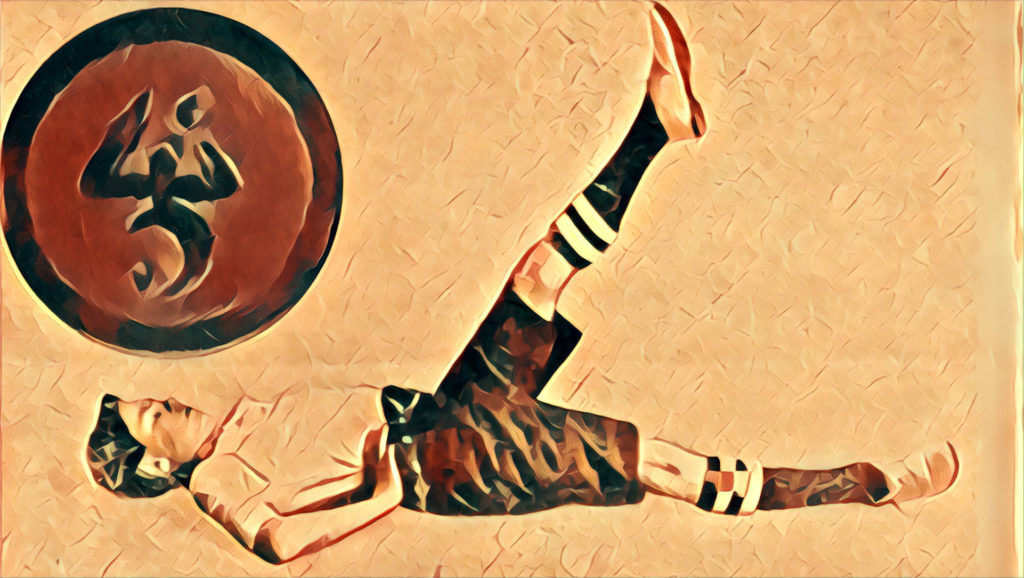News, Yellow King Roleplaying Game
My Latest Experience with Experience
A steady improvement curve for heroes makes sense in certain roleplaying genres. Fighting foes, getting stuff from them, and becoming increasingly powerful is not incidental to F20—it’s the core activity. The journey of a D&D character from first to twentieth level mirrors that of Conan as he progresses from scruffy barbarian to implacable king. Improvement features in other genres, too: training sequences are a staple element of “Arrow” and “The Flash,” for example. (Though I’d argue they’re more about getting bonuses for the problem of the week than permanent changes to the character sheet.)
That kind of zero-to-hero career trajectory doesn’t feature in the mystery genre. We don’t see Sherlock Holmes gradually eke his way to polymath status, or Marlowe progress from greenhorn to jaded private eye. That goes double for occult investigators, from Constantine to the Winchesters, who if anything go from damaged to more damaged.
GUMSHOE characters start out highly competent, and give players the ability to decide when their best successes occur.
So there’s no intellectual justification for character improvement in GUMSHOE. Neither is there a game balance necessity. Adding General ability points too quickly just throws the system out of whack, forcing an upward adjustment of Difficulty numbers for no good reason but to keep up with the looser ability economy. Investigative ability creep, over time, makes the PCs more similar to one another.
While designing The Yellow King Roleplaying Game, I decided to test whether I could get away with curtailing Improvement. Rather than remove it entirely, I started out with an approach where you’d get less than 1 Improvement point per scenario, timed unpredictably:
Improvement Roll
At the conclusion of each scenario (which may have taken one or more sessions), decide who the focus player for that scenario was.
If the scenario sprang from a particular player’s Deuced Peculiar Thing, designate that player as the focus.
Otherwise, pick the player you think took the crucial role in figuring out the scenario’s mystery, or did the most to solve the problem the investigation exposed.
Don’t worry about singling the player out for a special reward. Being the focus carries no particular benefit, but somebody has to do it.
Check to see how many players are holding Shock or Injury cards. Ignore Continuity cards acquired during previous scenarios.
This determines the target number needed for a die roll the focus player makes.
If at least one player has an Injury card and at least one other has a Shock card, the target is 4.
If the group has at least one Injury card but no Shock cards, or vice versa, the target is 5.
If no one was left with an Injury or Shock card, the target is 6.
The focus rolls a die; on a result that meets or beats the target, all players get 2 Improvement points.

You’ll see that this adds complexity in order to arrive at its result—one that players found emotionally frustrating.
Instead I went with something simpler, but more generous—though less so than standard GUMSHOE. You get 1 Improvement point per scenario, full stop.
Although there is no intellectual or structural justification for Improvement in GUMSHOE, another factor trumps that:
Players like it.
They’ve been trained to expect it.
It makes them happy.
So in the end, they get it.
In the collaborative medium of roleplaying games, practice always matters more than theory.




